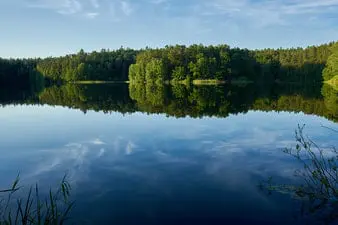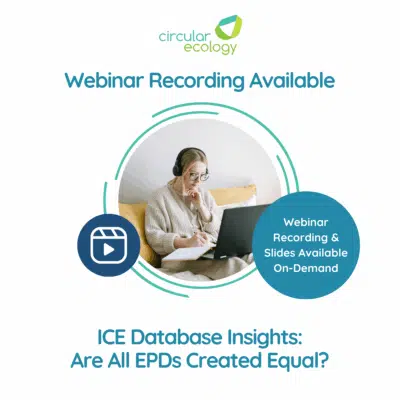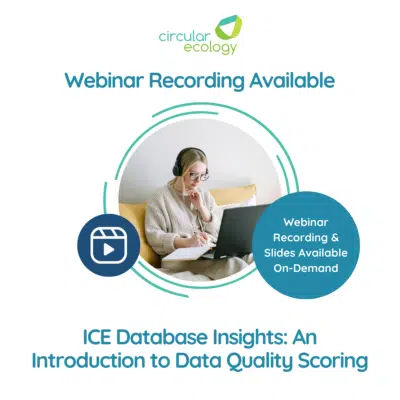About Carbon Offsetting

Carbon offsetting is rapidly rising in importance. The world’s carbon emissions are increasing at an alarming rate and offsetting your carbon emissions is a powerful mechanism to help in the battle against climate change and global warming.
Benefits of carbon offsetting are not only carbon emission reduction, but depending upon the offset project type, they can bring many benefits to the wider environment. As well as local, social and biodiversity benefits.
What is a Carbon Offset?
A carbon offset allows individuals and companies to reduce carbon emissions through buying carbon credits in carbon reduction projects. These projects may be through:
- Reforestation, e.g. planting new trees
- Avoided deforestation, REDD (Reducing Emissions from Deforestation and Forest Degradation)
- Enhancement and sustainable management of forestry, REDD+
- Renewables, such as solar PV and wind turbines
- Capture of landfill gas or methane
- Clean cookstove projects
- Clean water access
- And more
Each carbon credit is equivalent to a carbon reduction of 1 tonne of CO2.
The Offsetting Process
The process of carbon offsetting your emissions involves procuring carbon credits and then retiring the credits on behalf of the organisation. In order for a carbon credit to be have credibility, it must be:
- Additional – ensuring that the carbon reduction is real and permanent
- Verified – proving assurance on the quality and credibility of the credits
- Traceable – transparent and proving proof of the offset
In order to meet these criteria, there are carbon offsets available from various verification schemes, including:
- Gold Standard – https://www.goldstandard.org/
- Verified Carbon Standard (VCS) – https://verra.org/project/vcs-program/
- Plan Vivo – https://www.planvivo.org/
- UN Clean Development Mechanism – https://unfccc.int/process-and-meetings/the-kyoto-protocol/mechanisms-under-the-kyoto-protocol/the-clean-development-mechanism
Circular Ecology are able to procure and retire verified carbon credits from a broad range of providers. For clients wanting to be carbon neutral or net zero carbon, we typically recommend Gold Standard or VCS credits.
How to Offset Your Emissions
The process of offsetting your carbon starts by understanding how much carbon you would like to offset and the reasoning behind offsetting.
If your goal is simply to contribute to society, then you may be willing to set an offset budget, match that to an amount of carbon in tonnes CO2 and then the carbon credits can be procured and retired. This will provide the proof you need should you wish to make claims on how many tonnes of carbon your organisation has offset, or how many trees have been planted, which you may wish to use in your annual CSR report.
However, this approach would not allow claims of carbon neutrality or net zero carbon. That requires the highest level of assurance.
Carbon Neutrality and Net Zero Carbon
Should your goal be to make claims of carbon neutrality, or Net Zero Carbon projects, the process will need to start with a detailed measurement exercise. Carbon footprint assessments must be in adherence with recognised footprint standards. Well respected carbon measurement standards include:
- ISO 14067:2018
- PAS 2050
- World Resources Institute GHG Protocol for Products
- EN 15804
- EN 15978
- UKGBC Net Zero Carbon Framework Definition
We are able to advise on appropriate carbon measurement standards and to undertake the assessments. Adherence to these standards provides the level of quality necessary for the carbon calculations. The assessment would have further assurance from an external or third-party review.
Once the amount of carbon has been established, to the appropriate level of assurance, the carbon credits can be procured and retired on your behalf. Retiring a carbon credit ensures that no one else can buy the credit.
What is the Financial and Societal Benefits of Offsetting?
The Gold Standard, one of the main carbon verification and registry schemes, has conducted researcher on the wider benefits of carbon credits. Their research indicates that there are additional economic benefits of each carbon credit and that they contribute to various UN sustainable Development Goals (SDGs), with benefits on biodiversity, livelihood and health and employment.
Their research (https://www.goldstandard.org/articles/gold-standard-global-goals) indicates that a carbon reduction of 1 tonne of CO2, through the Gold Standard, has a wider financial benefit of:
- Biogas = $465
- Water filters = $118
- Cookstoves = $267
- Wind = $21
- Afforestation / Reforestation = $177 benefit
These values are all well in excess of the costs of a single carbon credit.
How Much Do Carbon Offset Credits Cost?
The cost of offsets vary considerably and the market is supply and demand, so could be liable to change at any moment. However, as a rough guideline, carbon credits can be procured from verified offset schemes from less than £5 ($ / €) a tonne CO2. Projects in that low-end range tend to be renewable energy projects in Asia and are likely older vintages. It is not recommended to use only offset credits from renewables. Other offset project types produce greater value and wider benefits.
There is considerably more choice in the range £8-15 (($ / €) a tonne CO2. Within this price range it is realistic to have a choice of country or region that the offset occurs, as well as project type, such as forestry, renewables, cookstoves…etc. Higher end credits tend to be £15-25 tCO2e or more.
The most expensive offsets tend to be forestry-based credits, which are currently desirable and have many other wider benefits.
How Much Carbon Will I Need to Offset
This is best established through a carbon assessment. However, to provide some rough guidelines, the carbon emissions from various activities:
- Average territorial emissions from 1 person in UK = 6.5 tonnes CO2
- 1 person in USA = 16.5 tonnes CO2
- 1 person in EU = 6.4 tonnes CO2
- Return flight from New York to London, economy = 1.7 tonnes CO2
- Same flight business class = 5 tonnes CO2
- Construction of a building, embodied carbon, per m2 Gross Internal Area (GIA) = 0.5 to 1.0 tonnes CO2e per m2 GIA
- Construction of a 1,000 m2 building = 500 to 1,000 tonnes CO2
- Construction of a 10,000 m2 building = 5,000 to 10,000 tonnes CO2
- Office space energy for 100 employees = 50 to 100 tonnes CO2
These values should be used as a rough guideline only.
Additional Information
Interested in learning more about carbon offsetting? Visit our Frequently Asked Questions page or contact us if your question is not on the list.
Please visit our online store to view our full range of carbon offset products.
Webinar Recap: ICE Insights: Are All EPDs Created Equal?
On Thursday, 22nd May, Circular Ecology hosted the third instalment in the ICE Database Insights [...]
May
Webinar Recap: ICE Insights: ICE Analytical Review Processes
On Wednesday, April 30th, Circular Ecology hosted the second session of our ICE Database Insights [...]
Apr
Webinar Recap: ICE Insights: Data Quality Scoring
On Thursday, April 10th, Circular Ecology launched the first session of our ICE Database Insights [...]
Apr
Webinar Recap: Product Carbon Footprinting, LCA, and EPDs
On Wednesday, April 3rd, Circular Ecology delivered our fourth webinar of 2025: Product Carbon Footprinting, LCA, [...]
Apr




